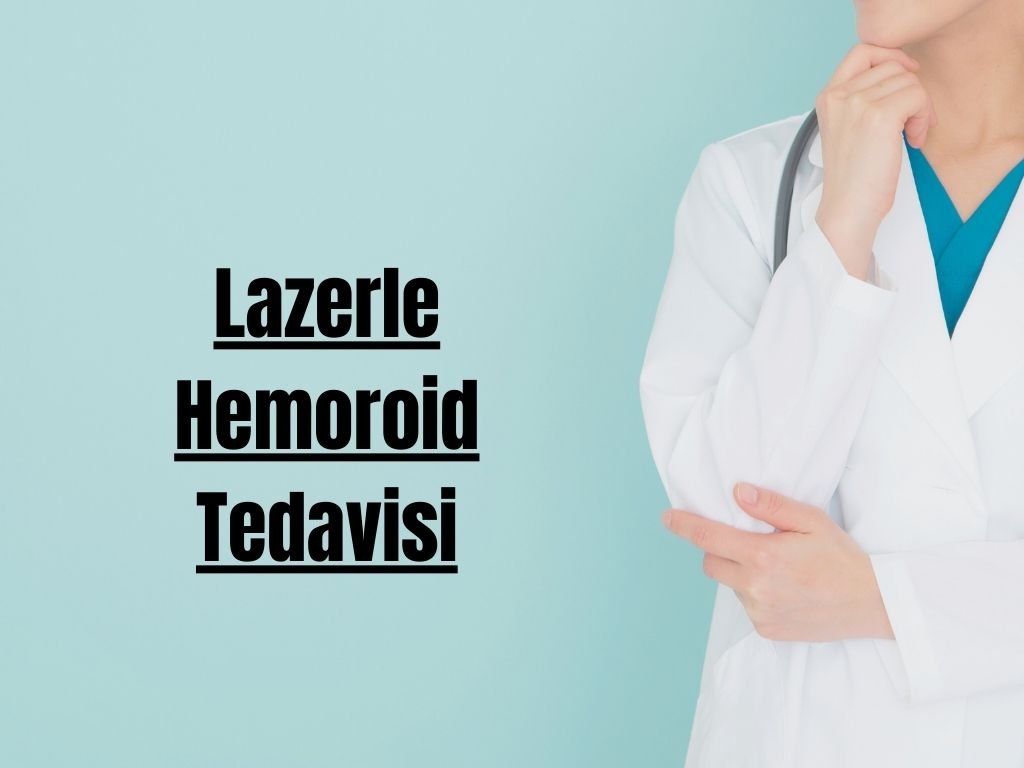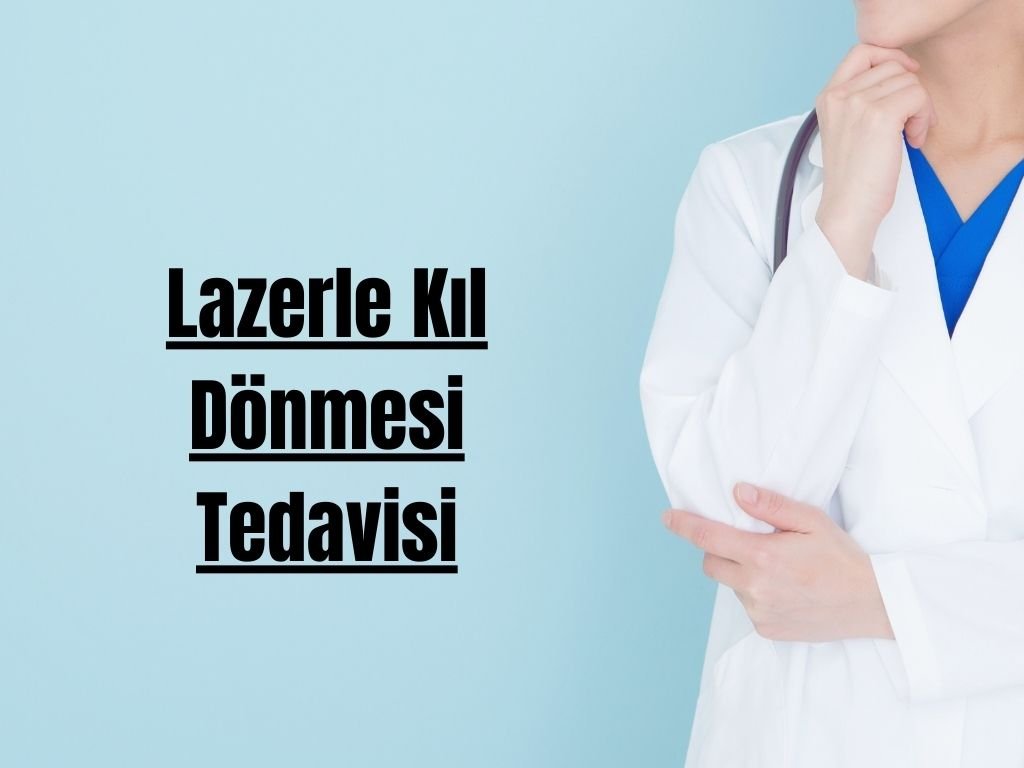What Are Moles, Warts, and Sebaceous Cysts? | Treatment Methods and Laser Applications
On-skin blemishes such as moles, warts, and sebaceous cysts can raise both aesthetic concerns and health considerations. In this article, you’ll find detailed information about these three common skin issues and their current treatment methods.
What Is a Mole?
Moles are skin spots caused by genetic factors, present either from birth or appearing later in life. Their colors may range from brown or black to flesh-toned. Sun exposure, hormonal changes, and genetic predisposition can affect the number and appearance of moles.
Mole Removal: Effective Solutions with Laser Treatments
While most moles are harmless, some may carry a risk of skin cancer. Therefore, a dermatological check-up and, if needed, removal is important. A modern treatment method is laser removal.
| Treatment Method | Description | Advantages | Precautions |
|---|---|---|---|
| Laser Removal | Pigmented tissue is vaporized via laser | Quick, no scarring, no anesthesia | Avoid sun exposure, follow-ups needed |
| Surgical Excision | Suspicious moles are cut out under local anesthesia | Pathological examination possible | May leave a scar, stitches needed |
⚠️ If a mole shows sudden growth, color change, or bleeding, see a dermatologist immediately.
What Is a Wart?
Warts are skin lesions caused by the Human Papilloma Virus (HPV), often found on the hands, feet, or face. They are contagious and can spread in communal areas such as pools, baths, or gyms.
Types of Warts
- Common warts: Usually on hands and fingers.
- Plantar warts: Found on the soles; can be painful when walking.
- Flat warts: Small and smooth, often on the face or arms.
- Genital warts: Sexually transmitted; require special treatment.
Wart Treatment Options
| Treatment Method | Procedure Description | Advantages | Risks / Precautions |
|---|---|---|---|
| Laser Removal | Wart tissue is vaporized with intensive laser energy | Fast healing, low recurrence | May require antibiotics if infection present |
| Cryotherapy | Wart is frozen with liquid nitrogen | Inexpensive, quick | May cause blistering or discoloration |
| Electrocauterization | Wart is burned off with high heat | Effective for deep warts | Local anesthesia or numbing cream required |
| Topical acids | Apply salicylic-acid products | Non-invasive | Requires long-term consistent use |
🚫 Avoid sharing personal items like towels, razors, or slippers during wart treatment.
What Is a Sebaceous Cyst (Lipoma)?
Sebaceous cysts are benign soft tissue lumps under the skin caused by a buildup of fat cells. They are usually harmless but can be aesthetically bothersome or, rarely, become infected.
Laser and Surgical Options
- Laser Removal: The cyst is evaporated, and the tissue is absorbed by the body. Ideal for small, superficial cysts — no stitches needed, fast healing.
- Liposuction: Fat is aspirated using a cannula. Effective for larger cysts.
- Surgical Excision: The entire capsule is removed with a scalpel. This method is suitable for deep or recurring cysts — a single, definitive solution, though local anesthesia and stitches may be required.
⚠️ Seek medical evaluation if a cyst grows rapidly, becomes painful, or changes color.
When to Consult a Specialist?
See a dermatologist if you notice:
- A mole that suddenly grows, bleeds, or changes color
- Rapid spread or inflammation of warts
- A painful, red, or inflamed sebaceous cyst
- Lesions that affect your daily quality of life
Comparison of Treatment Methods
| Treatment Method | Used For | Scar Risk | Sessions Needed | Requires Anesthesia? |
|---|---|---|---|---|
| Surgical Excision | Moles, cysts | Moderate | Usually 1 | Yes (usually local) |
| Laser | Moles, warts, cysts | Low | 1–3 | Usually not |
| Cryotherapy | Warts | Low | 2–4 | No |
| Topical Acid | Warts | None | 1+ (prolonged) | No |
Conclusion
Moles, warts, and sebaceous cysts are common skin issues. With early diagnosis and proper treatment, successful outcomes—both aesthetically and health-wise—can be achieved. Laser treatments are increasingly preferred for their minimal invasiveness and rapid recovery.
Disclaimer: All content is for educational purposes only and based on scientific sources available at the time of publication. If you experience any symptoms or require diagnosis or treatment, please consult your physician or qualified healthcare provider.




